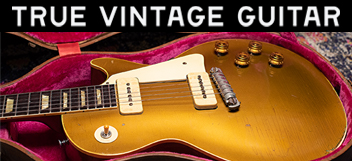How does this sucker work? Ive seen some site say to move in descending fifths, or descending fourths, but I dunno how it can be used in songwriting. Can you move in any direction, and at any interval like thirds, etc.? Or is it only fourths and fifths?
Thanks!
Thanks!



